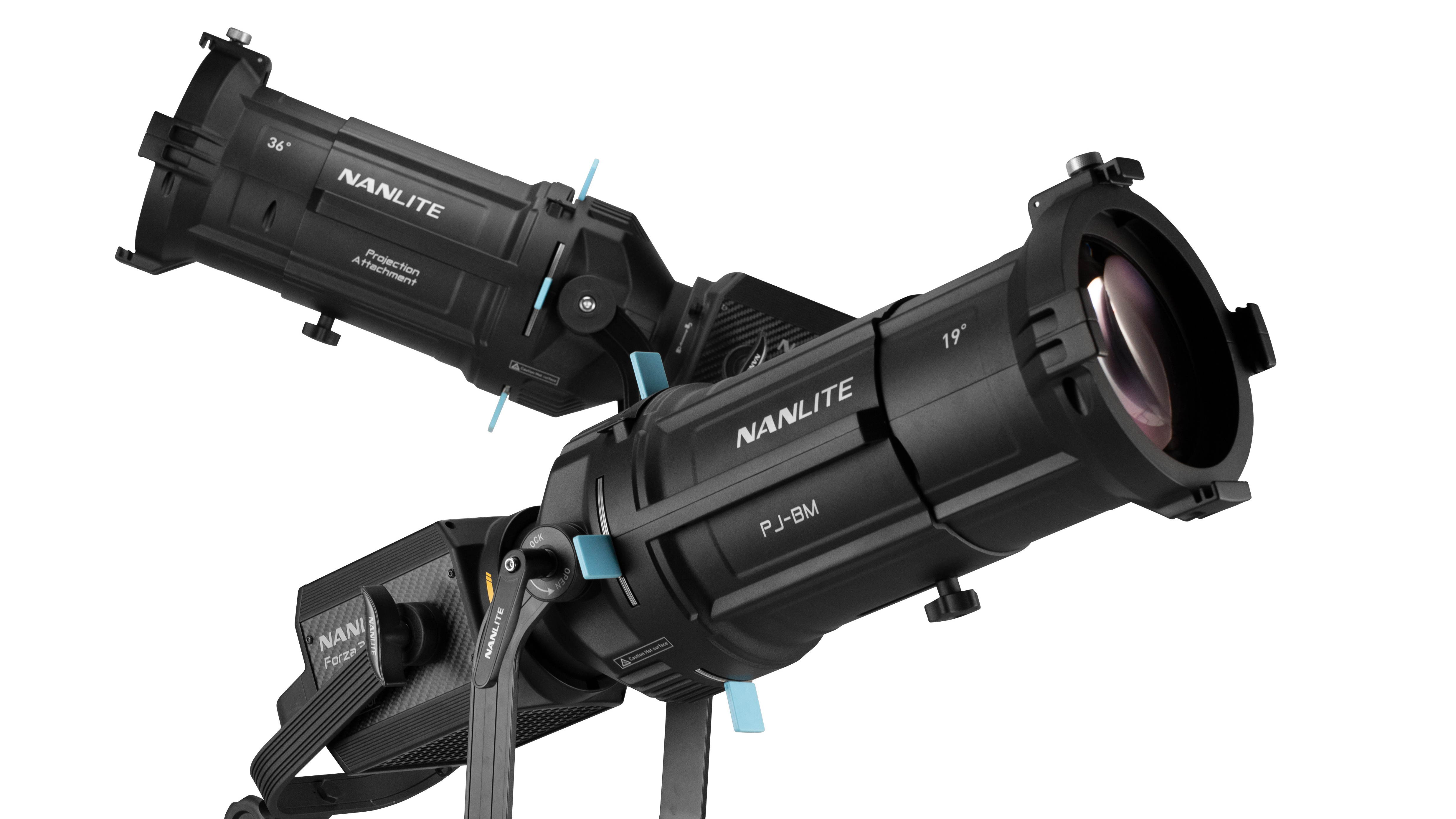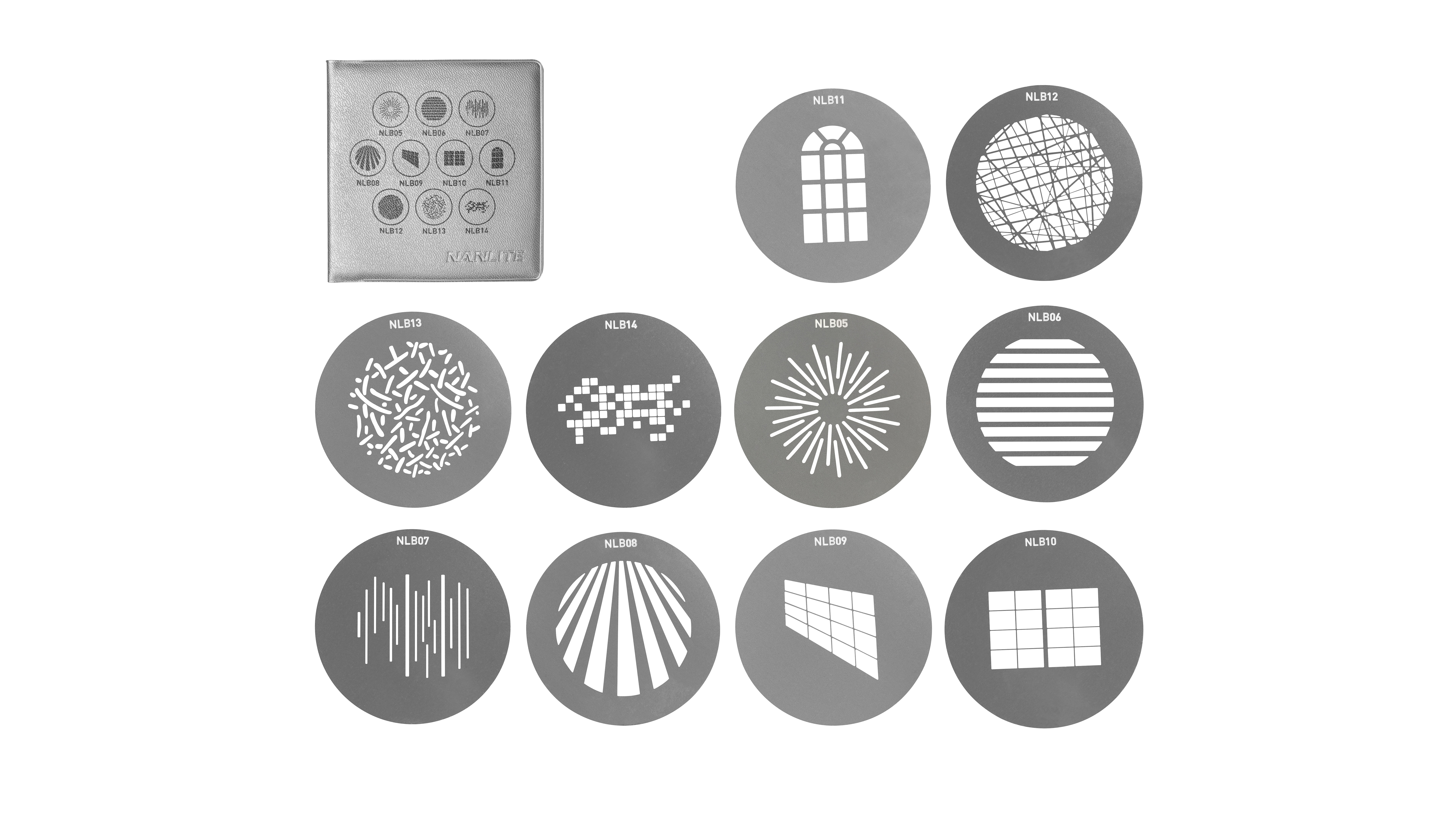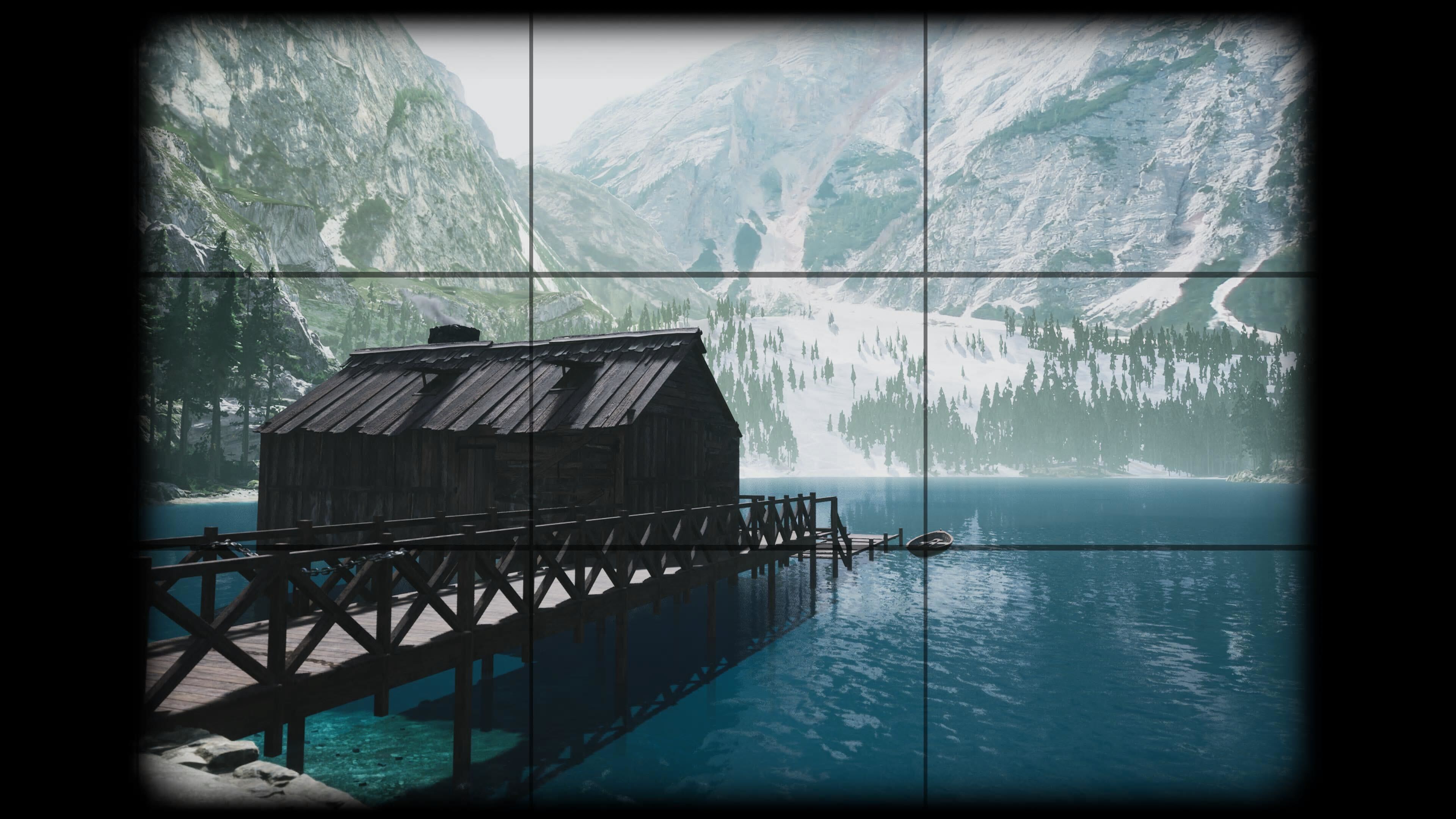Space invaders to starbursts – add compact gobos for creative photo lighting
Get your creative juices flowing with Nanlite's projection attachment that brings compact gobos to the studio

For those with creative flair that want to use artificial light to simulate natural light, its shadows and everything in-between, the latest projection attachment with Bowens mount from Nanlite is just the ticket to get your juices flowing.
The FZPJBM Projection Attachment from Nanlite comes in both the 19° and 36° versions, compatible with the Bowens S Type mount, making the fixture compatible with the Forza 200, Forza 300 / 300B, Forza 500, FS-150, FS-200 and FS-300.
• Check out these gobo lighting tips
It boasts a refined optical coated system with improved transmittance and CCT accuracy, which is crafted to minimize color fringing around the edge of the illumination circle, excellent light quality is achieved – resulting in 94% uniformity, 0.5% distortion and 95% accuracy.
Features include a special extinction treatment on the inner wall, which makes the image more homogeneous and the edge of illumination circle sharper, and an aspherical lens that has been designed to eliminate aberration effectively with increased uniformity and reduce distortion.

With an aluminum alloy die-cast metal body, the FZPJBM strikes the balance between durability and weight. It also employs a brand-new yoke that aims for unshakeable sturdiness while achieving a high angle of downwards-lighting that meets the requirements for close-range lighting set-ups at high angles (such as when shooting a food photography project or getting a hero shot while filmmaking).
This clever device is also able to offer both 5/8” baby mount, and 1-1/8” junior pin, which enables the FZPJBM to be mounted on many different types of lighting stands.
Get the Digital Camera World Newsletter
The best camera deals, reviews, product advice, and unmissable photography news, direct to your inbox!
Also included in the kit is a set of four ‘B’ sized gobos to create complex light patterns, adding texture to backgrounds and layers to images, as well as a ‘Gel’ frame that can be added easily to the front in order to correct color casts. This is an amazing option to have, making gobos available at an accessible level, and having something that can emulate natural dappled light that you can just "click on".
The optional adjustable iris also provides easy control over the size of the illumination circle via a convenient focusing mechanism. Overall, this looks like a great all-in-one solution to complex lighting that takes away all the hassle, and keeps it in a unified form for easy use, operation and dismantling.
What is a gobo?
The term gobo stands for "go-between object", and are typically objects that go between your subject and light source to create artificial shadows. Also known as a cucoloris (or "cookie") in the film industry, it can be used to create-natural looking surroundings, such as simulating light coming through a window.
In effect, gobos can be used for a lot of lighting situations for both photographic and cinematography purposes. The most important thing to note when using a gobo is the distance to your subject; too close and your shadows will be very crisp, with solid hard edges, while the further you are from the subject, your shadows will be softer.
Gobos are a very convenient tool and, once mastered, you can create stunning visuals that look like they have been naturally lit, rather than taken inside a studio in controlled lighting.
Read more:
Best studio lighting
Best LED light panels
GOBO lighting tips
How to use a GOBO

For nearly two decades Sebastian's work has been published internationally. Originally specializing in Equestrianism, his visuals have been used by the leading names in the equestrian industry such as The Fédération Equestre Internationale (FEI), The Jockey Club, Horse & Hound, and many more for various advertising campaigns, books, and pre/post-event highlights.
He is a Fellow of the Royal Society of Arts, holds a Foundation Degree in Equitation Science, and holds a Master of Arts in Publishing. He is a member of Nikon NPS and has been a Nikon user since his film days using a Nikon F5. He saw the digital transition with Nikon's D series cameras and is still, to this day, the youngest member to be elected into BEWA, the British Equestrian Writers' Association.
He is familiar with and shows great interest in 35mm, medium, and large-format photography, using products by Leica, Phase One, Hasselblad, Alpa, and Sinar. Sebastian has also used many cinema cameras from Sony, RED, ARRI, and everything in between. He now spends his spare time using his trusted Leica M-E or Leica M2, shooting Street/Documentary photography as he sees it, usually in Black and White.
